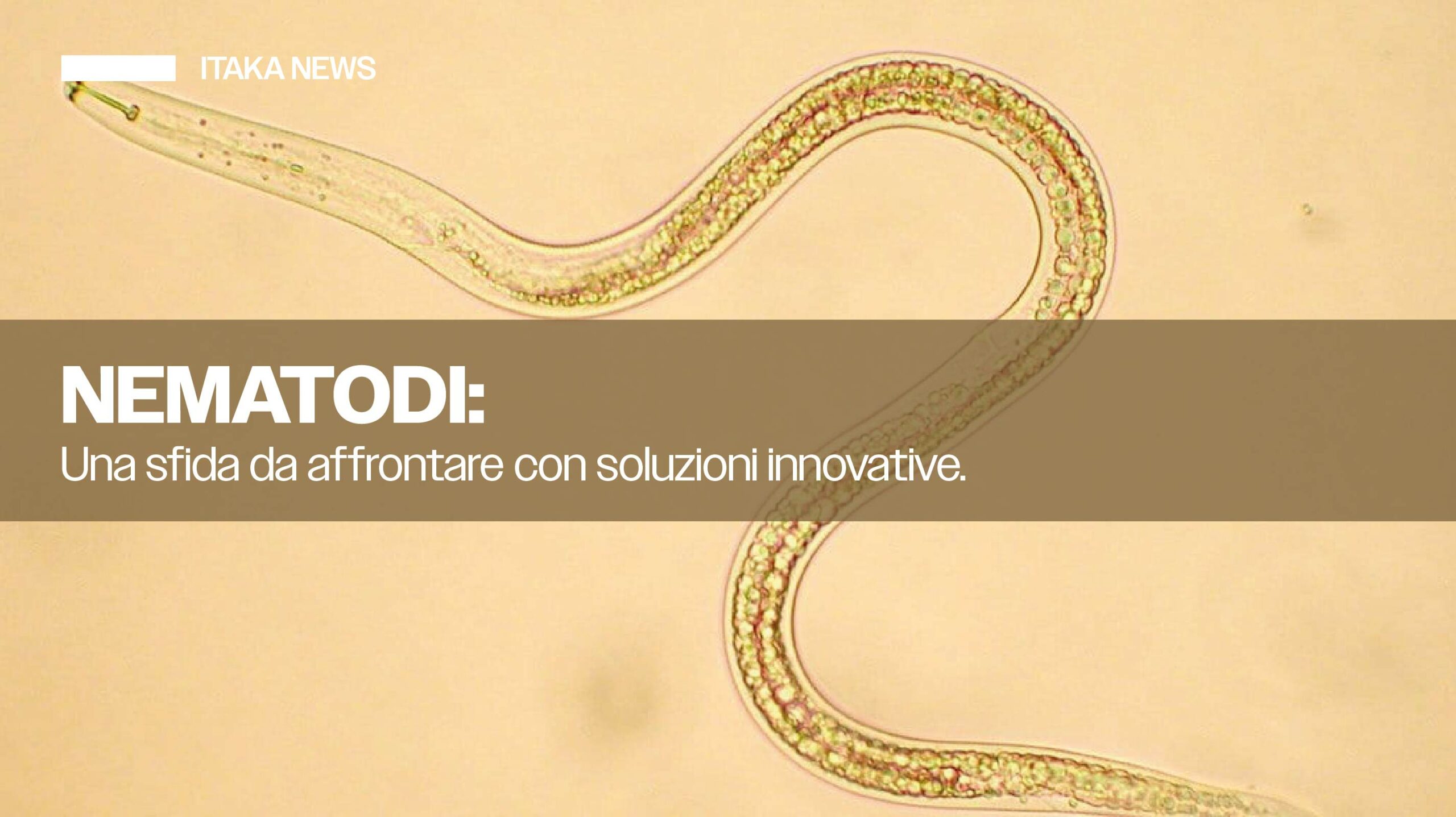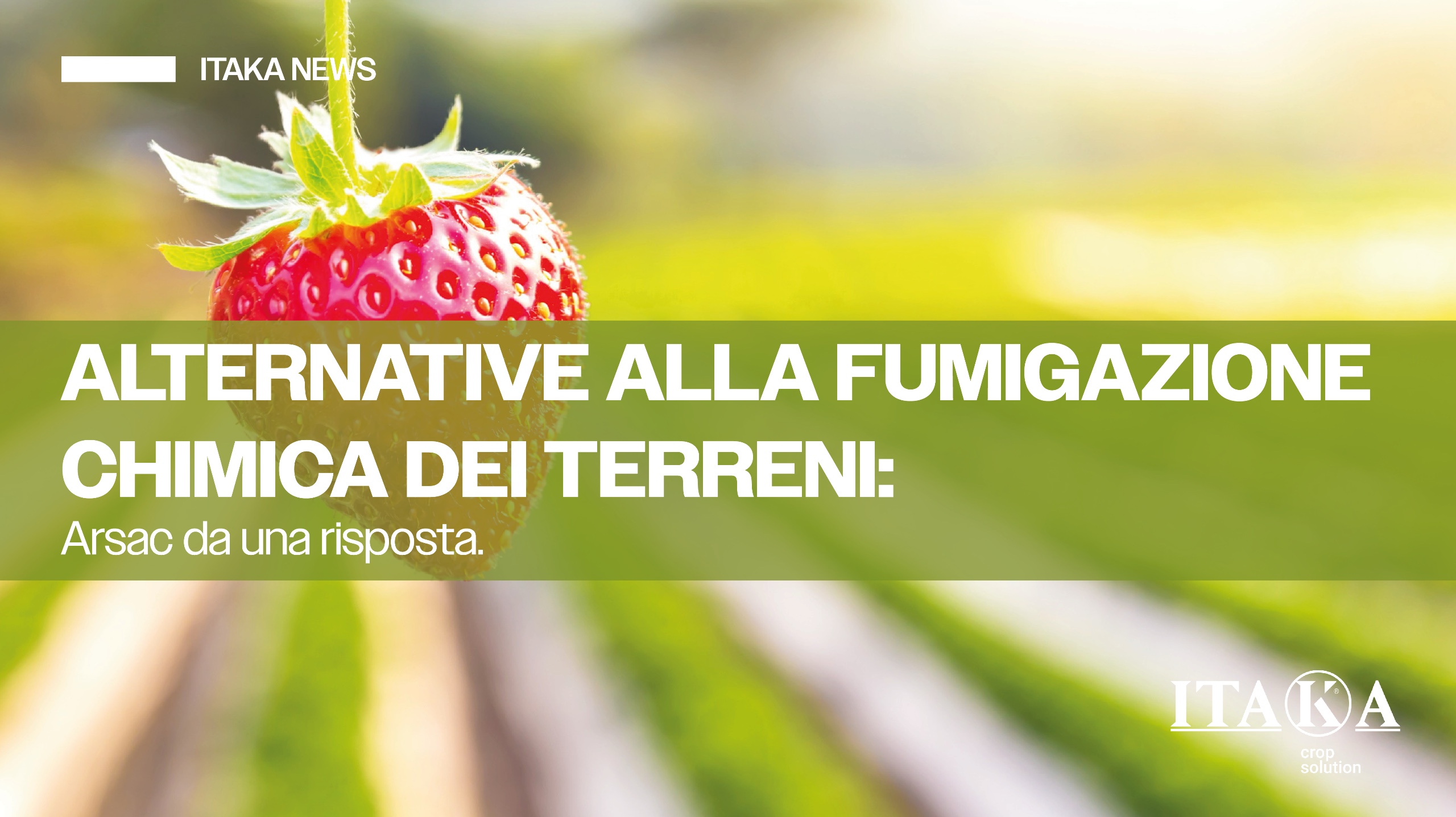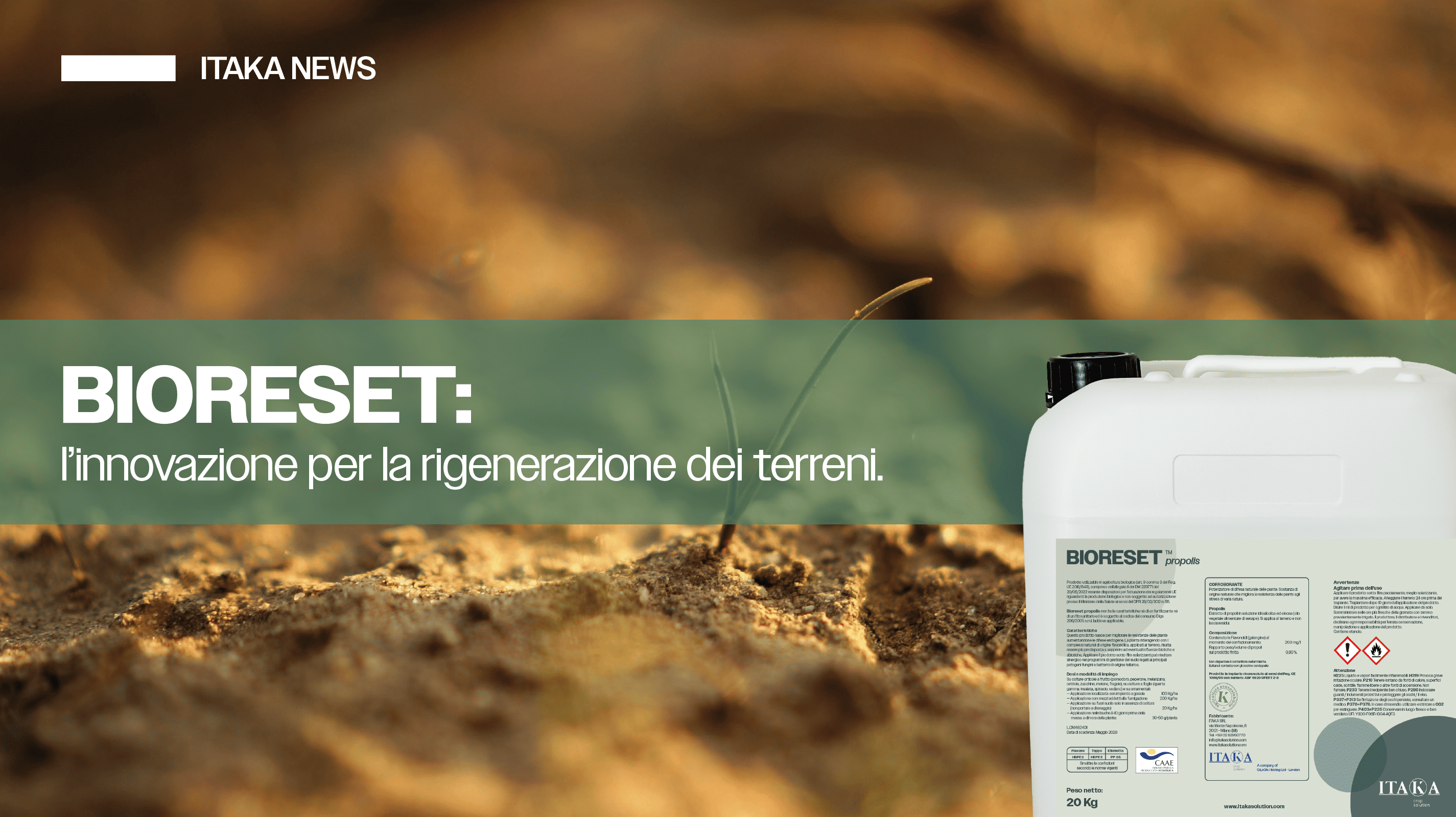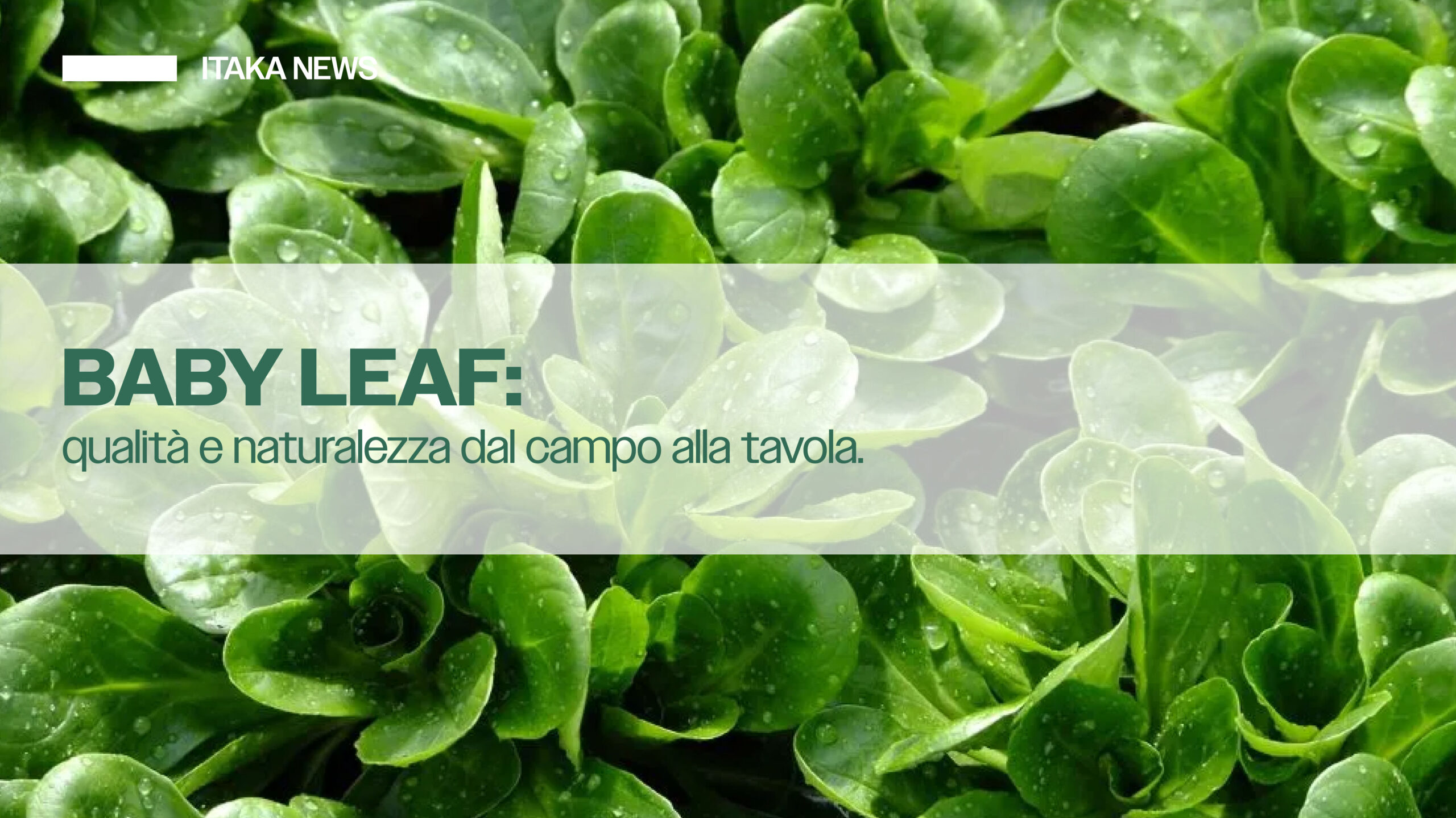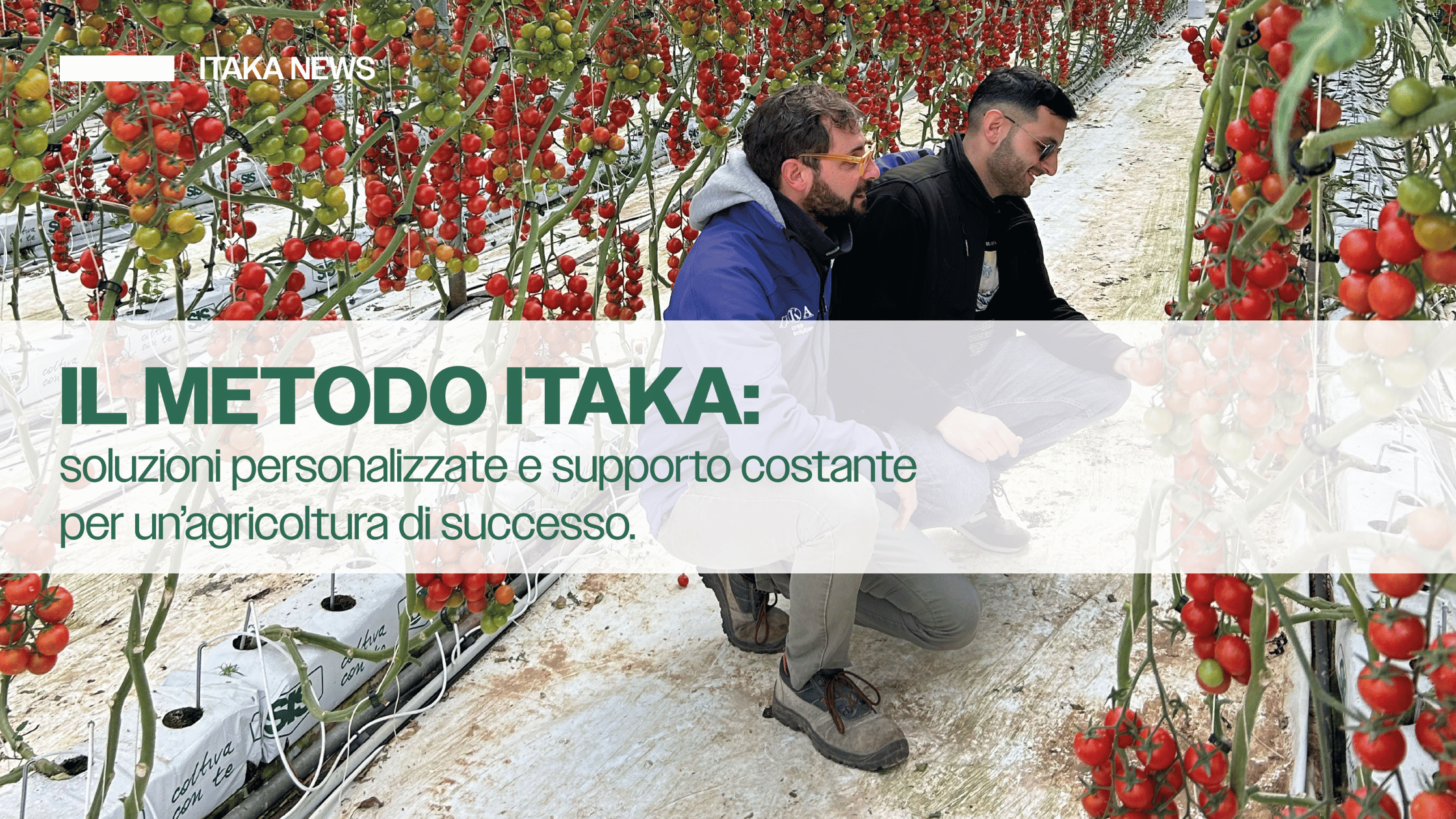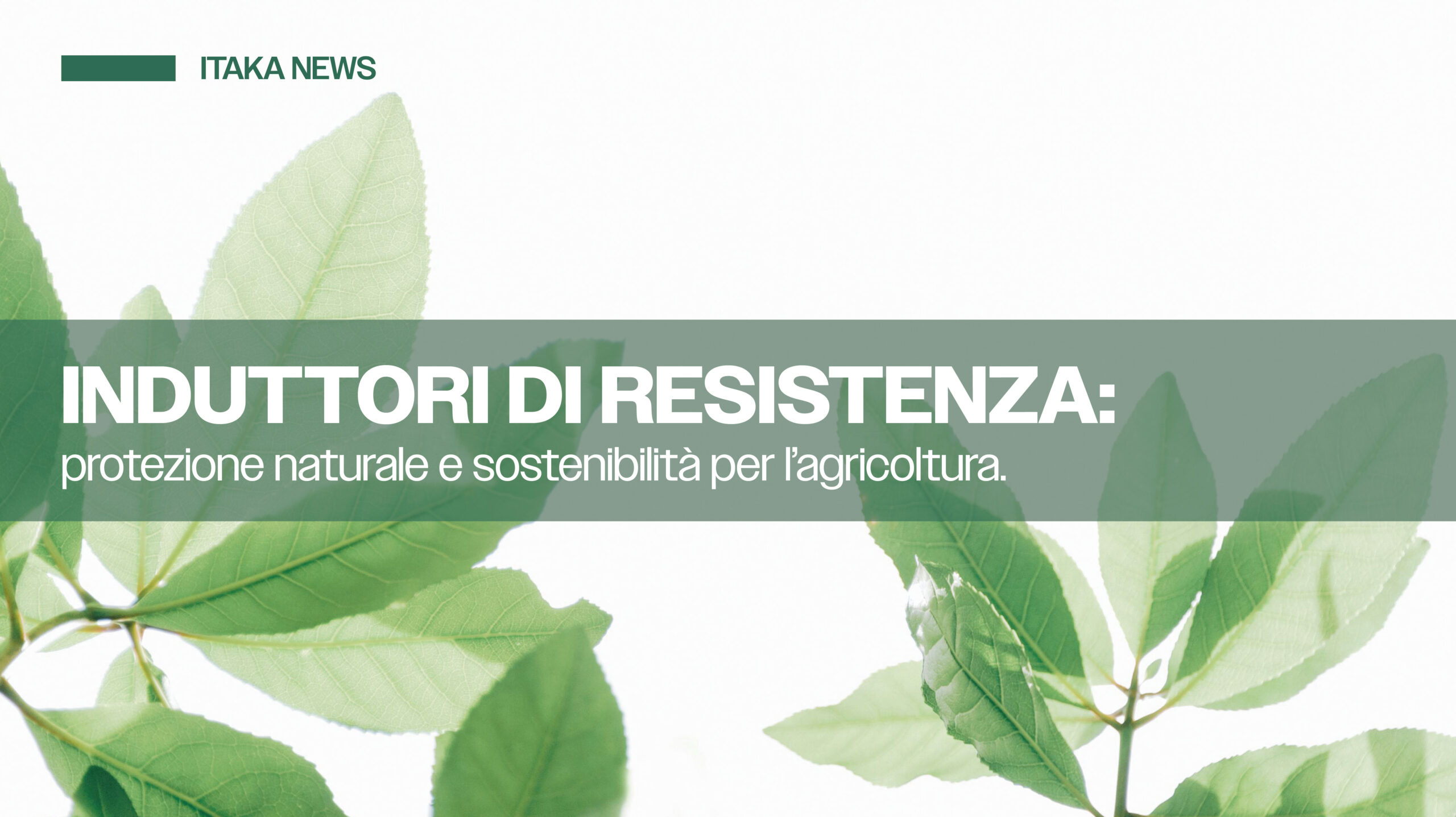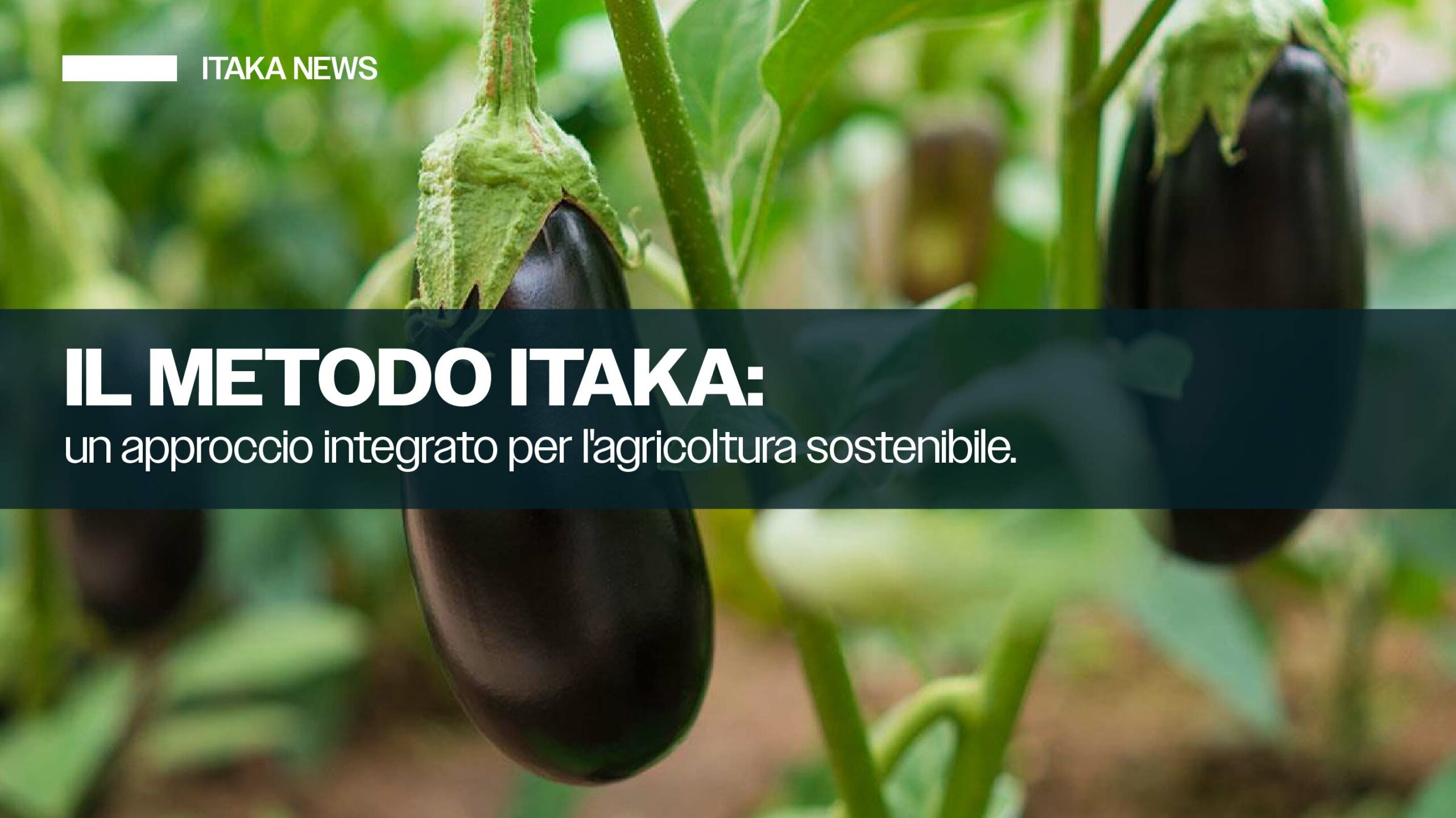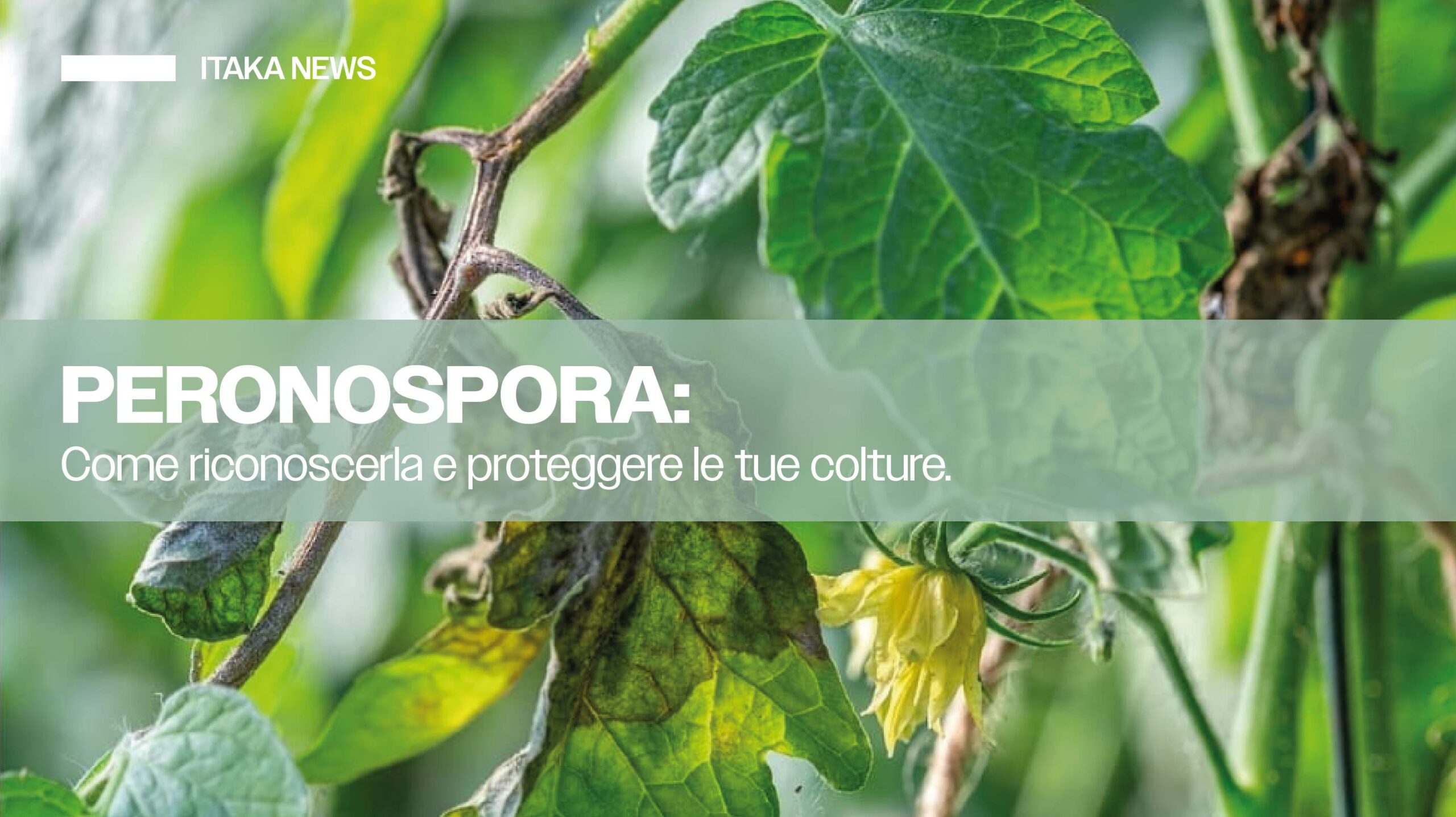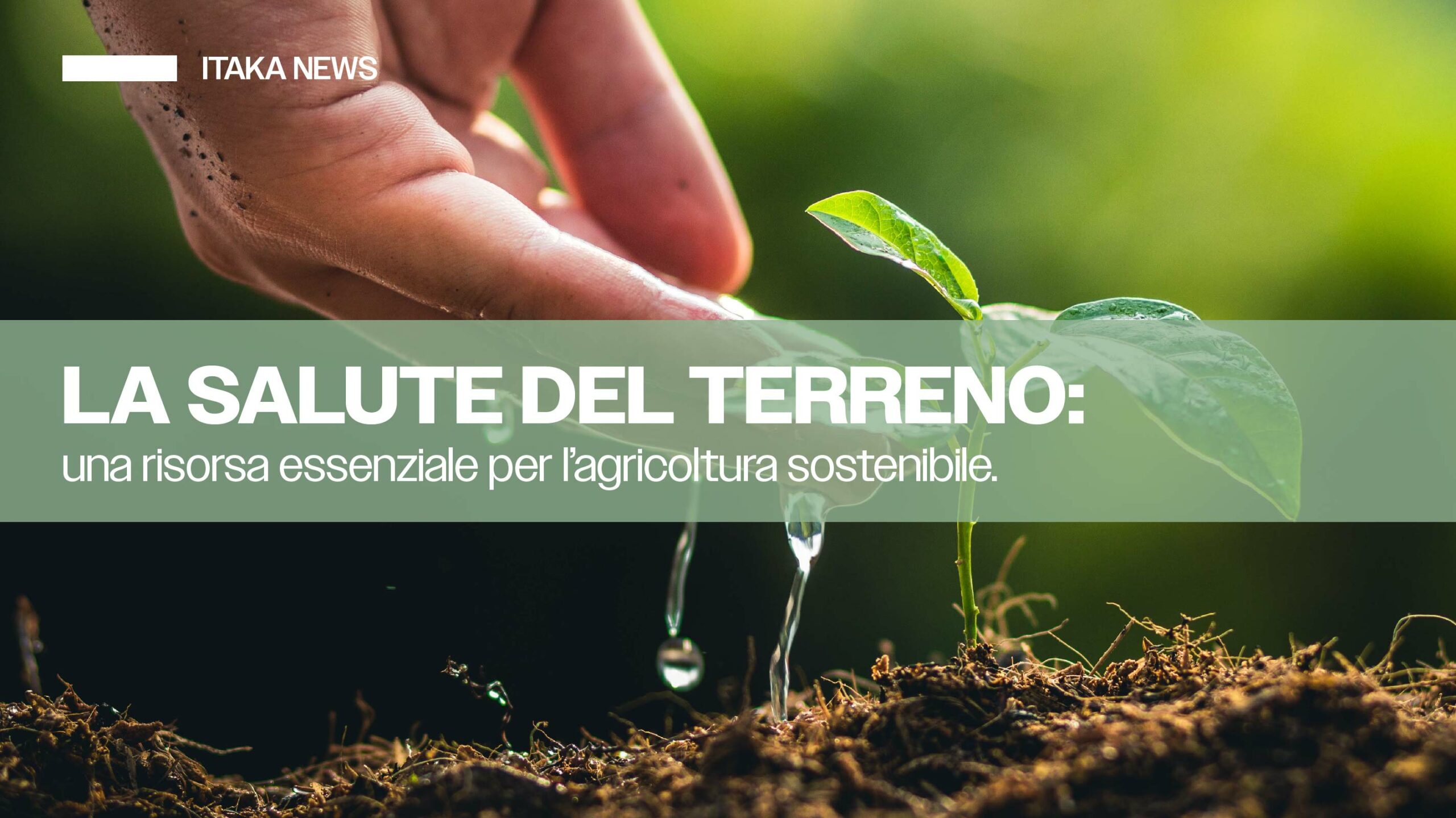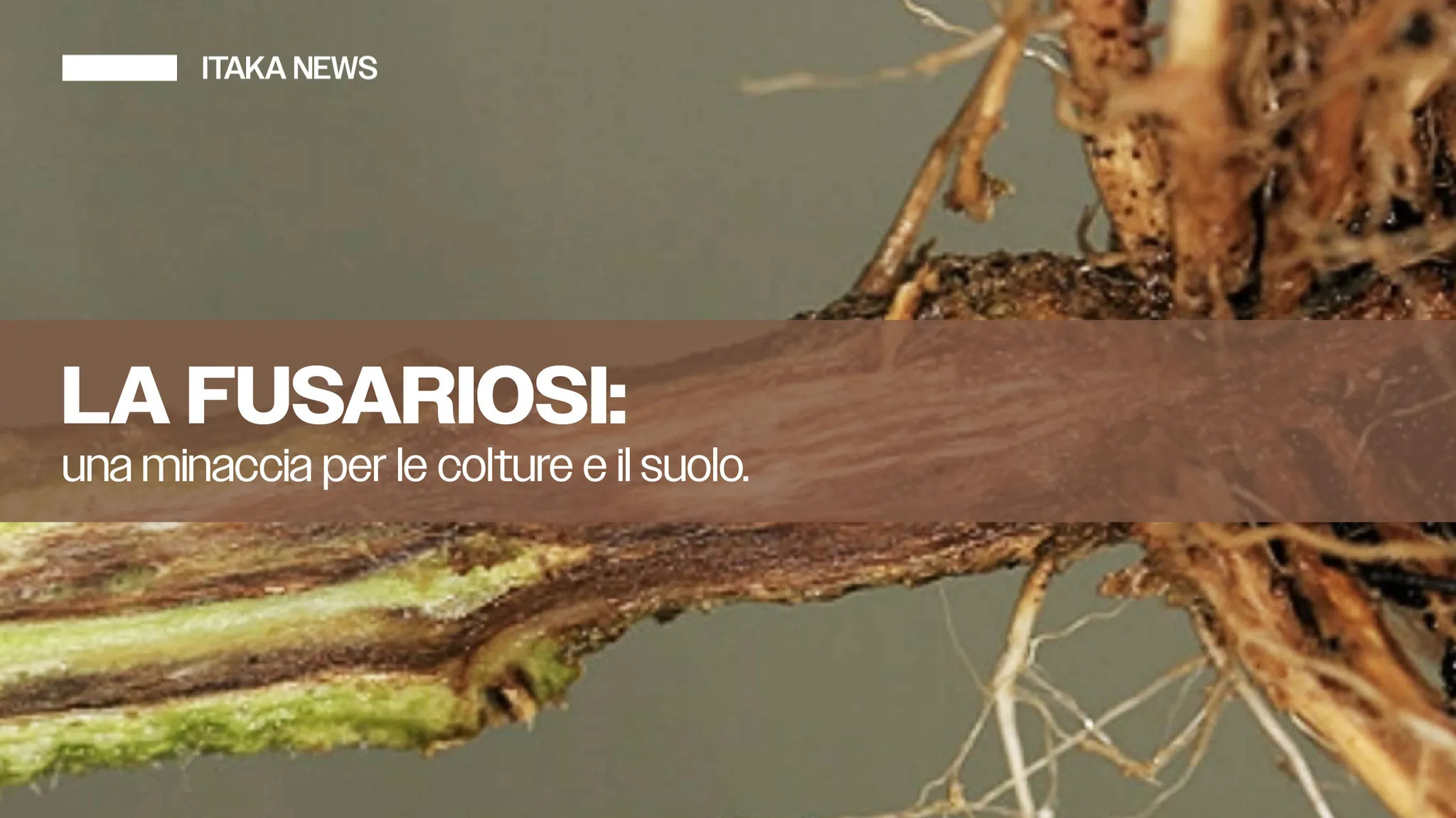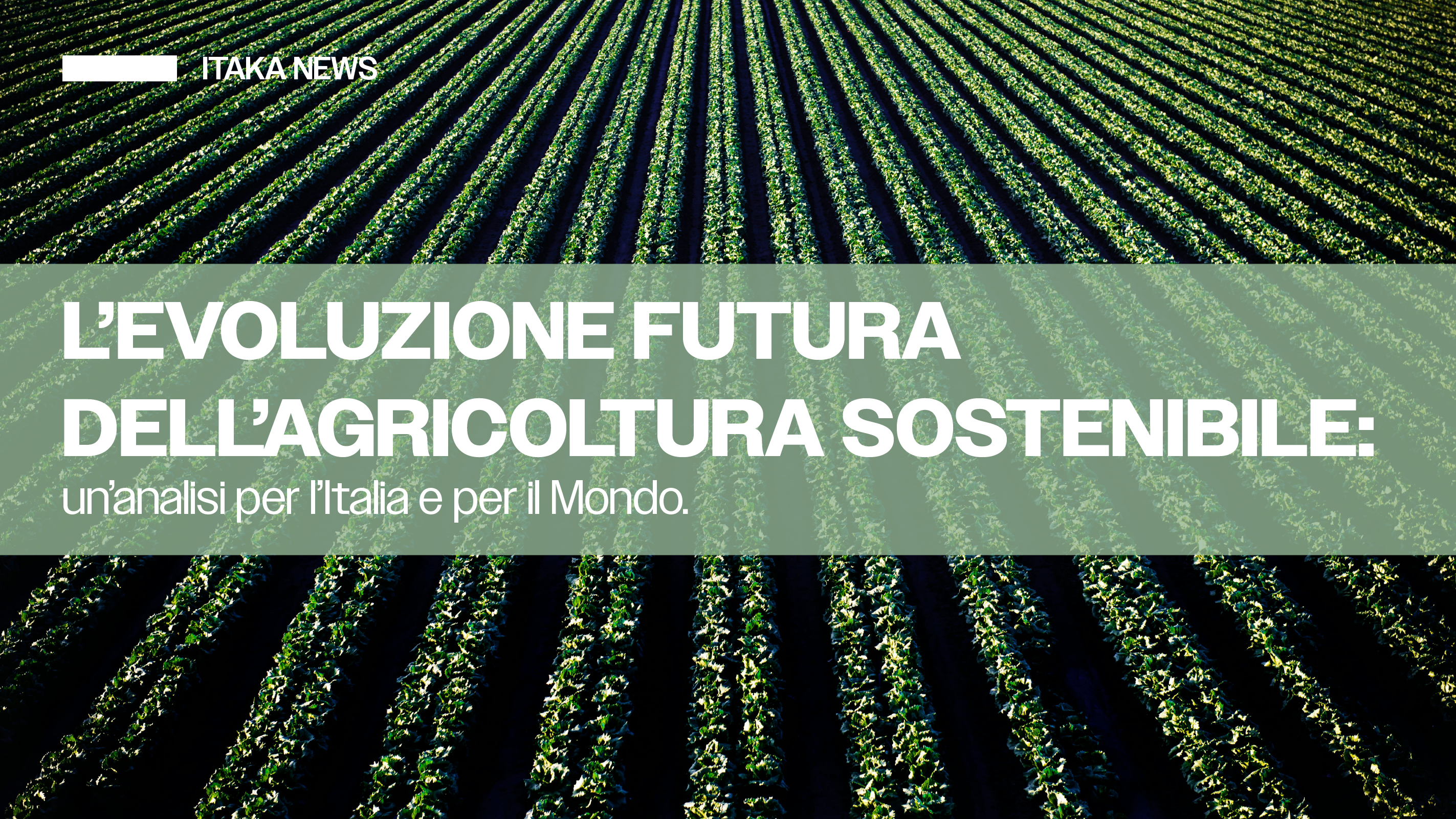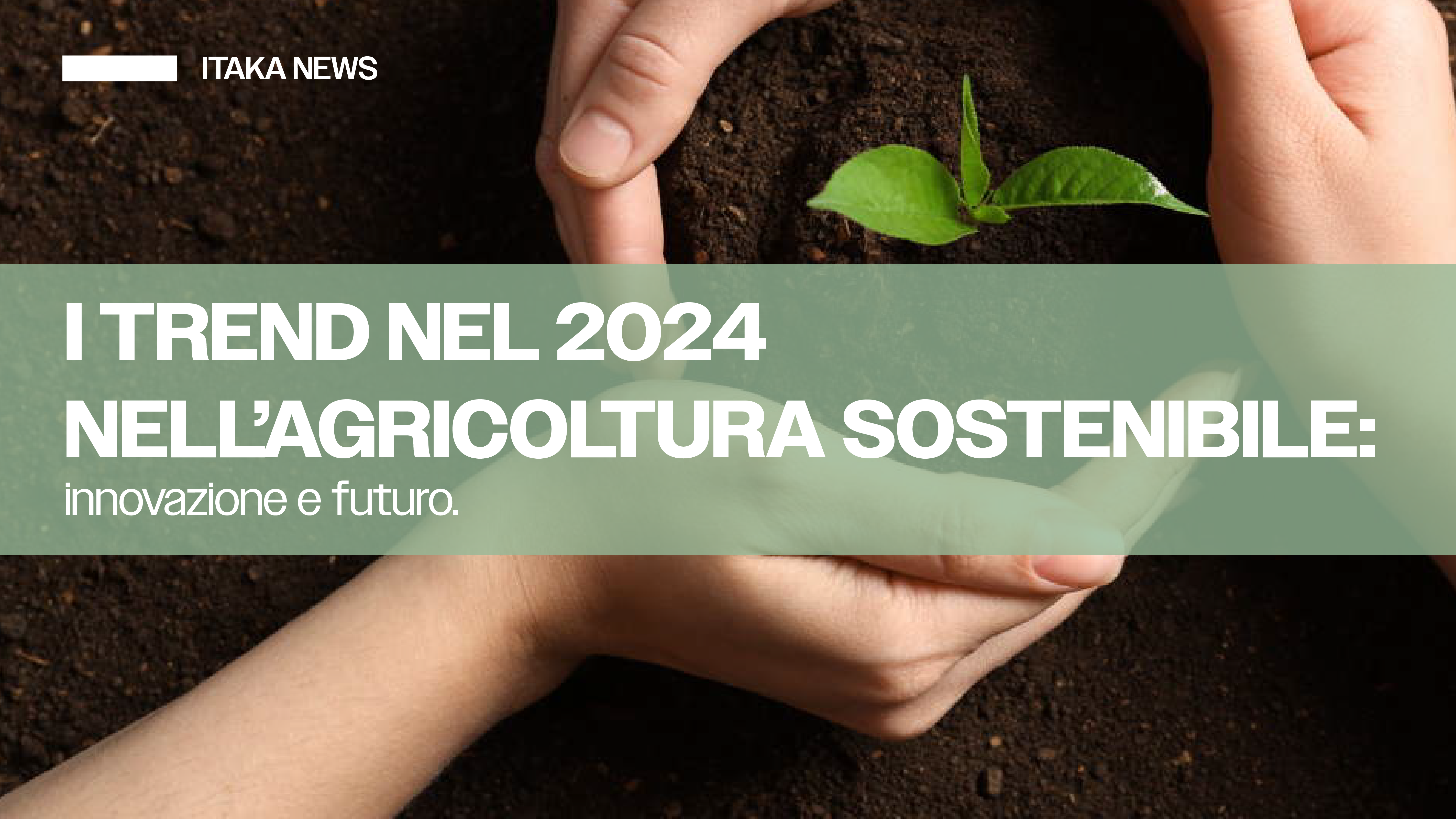Galls nematodes, known scientifically as Meloidogyne spp. represent a major phytopathological problem for several agricultural crops. These microscopic microorganisms attack the root system of plants, forming the characteristic galls that hinder water and nutrient uptake, compromising yields and quality. Although this is already a widely explored topic, in this article we will focus on management strategies that include technological innovations, crop rotations, and sustainable interventions, offering alternative solutions to more conventional practices.
Who are gall nematodes and why do they pose a threat?
Galls nematodes are obligate root parasites that affect a wide range of crops, from vegetables such as tomatoes and eggplant to perennial crops and cereals. Galls, or abnormal root enlargements caused by nematodes, disrupt the functionality of root systems, making plants more vulnerable to abiotic stresses (drought, salinity) and other fungal and bacterial pathogens.
According to recent studies, the damage is not limited to the host plant, but also harms the overall health of the soil. Galls nematodes alter the microbiology of the soil, depleting its biodiversity and promoting the development of unbalanced conditions. Transitions to intensive agriculture, monocultures and unsustainable practices have amplified the spread of the problem.
Innovative approach: integrated management with bio-solutions
To effectively deal with gall nematodes, it is essential to move away from the indiscriminate use of fumigants and chemical pesticides, which, while temporarily solving the problem, often further deplete the soil and create resistance in pests. In contrast, the application of bio-regenerative products represents a promising frontier. Companies such as Itaka Solution are developing natural solutions such as Zeus EV, ideal for preventing nematode development, or Anteo, which helps regenerate contaminated soils.
These biological treatments work in several ways:
- Mycorrhizal Booster: Promote the development of symbiotic fungi that improve nutrient uptake and protect roots.
- Systemic Resistance Induction (SRI): They activate the immune response of plants, making them more resilient to attack.
- Improved soil structure: Promotes soil vitality by replenishing organic matter and beneficial microorganisms.
Crop rotations and intercropping: natural allies against nematodes
Another crucial aspect of gall nematode management is the use of smart crop rotations. Non-host crops, such as cereals or green manure plants such as mustard, can significantly reduce nematode density in the soil. In addition, it can be useful to implement intercrops with plants that release nematotoxic compounds, such as marigold or marigold, which are known for their repellent effect against these pests.
Rotations and intercropping not only help control nematodes, but also help improve soil fertility and structure, promoting natural regeneration that counteracts the problem in the long term.
The management of the problem from the perspective of soil health
Healthy soil is the first defense against gall nematodes. It is essential to invest in practices that promote soil biodiversity, such as supplementing compost and specific organic soil conditioners. Among the proposed solutions, bioreset treatments, as developed by some innovative agricultural companies, can regenerate damaged soils and restore them to optimal balance.
In addition, integrating advanced technologies such as seed coating is an attractive methodology to provide protection from the earliest stages of growth while ensuring viability and harmonious root development.
Prevention as the key to the future
Control of galls nematodes should be viewed from a preventive and sustainable perspective. Recommended practices include:
- Preventive soil testing: Regular testing to monitor the presence of nematodes and adjust strategies based on the results.
- Use of resistant cultivars: Select varieties that are more tolerant to nematode infection.
- Balanced irrigation and fertilization: Water and nutrient management should avoid stressful conditions for the plant, promoting a more robust root system.
Conclusions
Galls nematodes pose a complex challenge to modern agriculture, but addressing them with a systemic and innovative approach can make a difference. Integrated strategies, including bio-solutions, crop rotations and increased awareness of the role of soil health, offer powerful tools for sustainable and effective management.
Investing in advanced technologies and regenerative farming practices not only protects crops from the nematode problem, but also improves the balance of the ecosystem in which they grow. This approach is a step toward a more resilient, environmentally friendly agriculture that can ensure high yields and quality over time.
